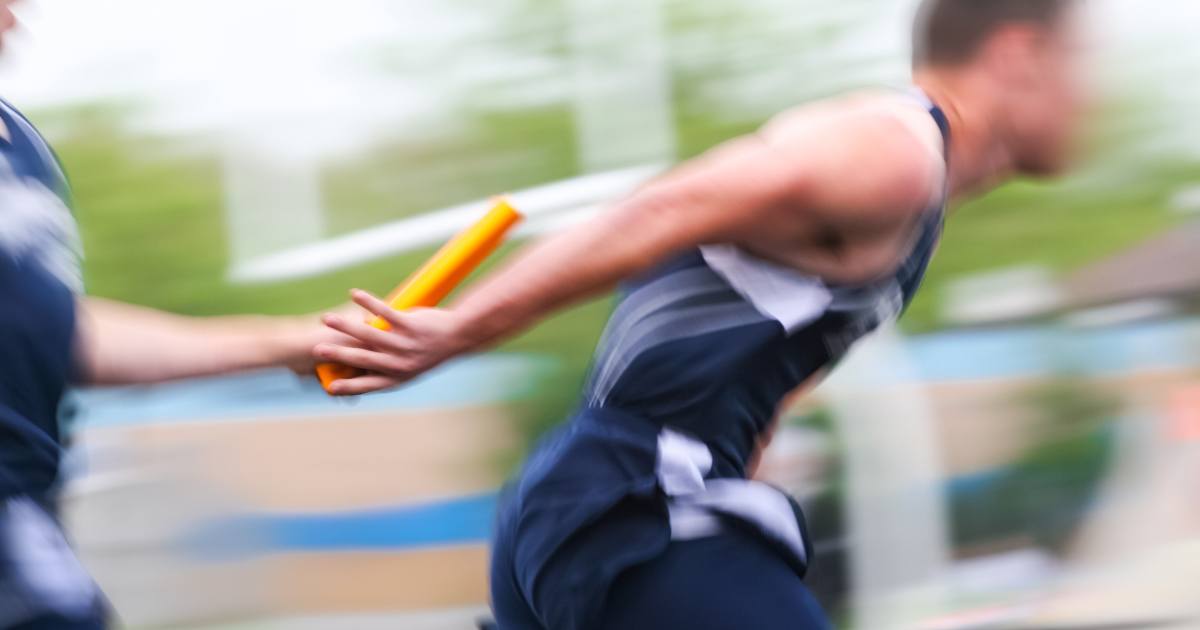Succession Planning Critical to Business Continuity
Many companies fail to pay adequate attention to their leadership pipelines and succession planning.
Earlier this month, a study published in the Harvard Business Review came to an astonishing conclusion: the market value wiped out by badly managed CEO and C-suite transitions in the S&P 1500 alone is close to $1 trillion a year.
It is not just large companies at fault. In the same study, an alarming 69% of private companies in the Middle East did not have a CEO succession contingency plan in place. In the research it was estimated that better succession planning could help market valuations and investor returns to be 20% to 25% higher.

Developing a comprehensive succession planning process for critical roles is key to strengthening your organization’s business continuity.
The authors of the HBR study concluded that an excessive tendency by large companies to hire leaders from outside is one of the biggest problems with succession practices.
This incurs three major kinds of costs: underperformance at companies that hire ill-suited external CEOs, the loss of intellectual capital in the C-suites of the organizations that executives leave behind, and for those companies promoting from within, the lower performance of ill-prepared successors.
The benefit of a succession plan is that your organization will not be caught off guard, even if a top leader leaves to join a competitor or faces personal or health issues or even retires.
We have observed three key success factors for a vigorous Succession Planning Process
- Effective identification of high potential talents internally for every critical leadership role.
- Robust development and coaching program into preparing those talents to assume the relevant senior role.
- Assessment of those finalist talents at the end of a succession planning program on how they stack up against external top talent.
A Planning Template
Here is how to design an effective Succession Planning Process
- Design – Decide which roles are critical in designing a succession planning process.
- Redefine – Interview top leadership and redefine critical role requirements (decide key skills, competencies & traits for each critical role).
- Identify – Identify High Potential (HiPo) talent internally for each critical role.
- Develop – Develop technical & behavioral capabilities for the finalist HiPo talents over a pre-agreed time period (period length according to seniority of positions).
- Assess – Formal Assessment of the finalists of each critical role following their nurturing period, against job requirements.
- Compare – Compare the finalists of each role with external top talent.
- Analyse – Analyse data collected and synthesize final recommendations.
- Recommend – Recommend final candidate for the critical role to responsible committee.
To discuss how this topic could impact your business, visit Cornerstone International Group (Middle East) or contact the author directly at stelios-pigadiotis@cornerstone-group.com


